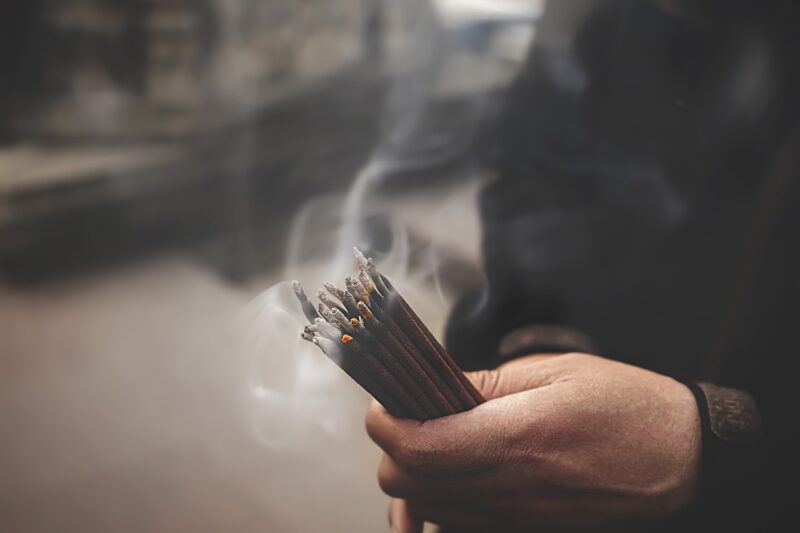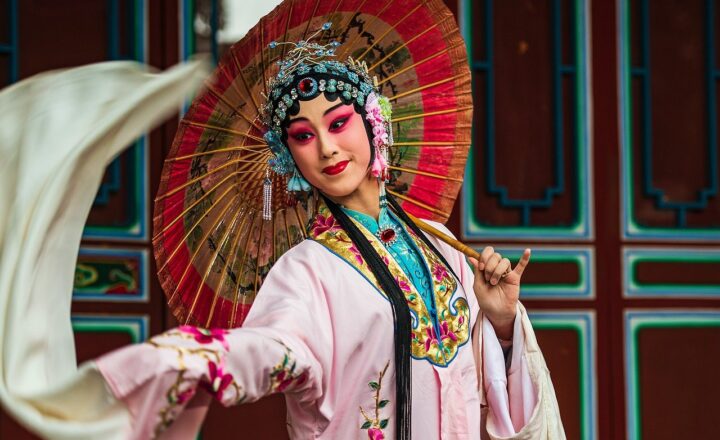The Strangest Rituals Practiced by Cultures Around the World
November 16, 2024

Rituals are a significant part of human culture, showcasing the beliefs, values, and traditions unique to various societies. While some rituals are well-known and broadly accepted, others are peculiar or even downright strange to outsiders. From ancient customs to modern practices, these rituals highlight humanity’s diversity and the rich tapestry that is woven across the globe.
1. The Tradition of Sky Burial in Tibet
In Tibet, the concept of death holds a unique place in their culture. The practice of sky burial, or “jhator,” involves leaving the deceased’s body on a mountaintop to be consumed by scavenging birds, usually vultures. This ritual is performed because Tibetans regard the human body as a mere vessel and believe that returning it to nature aids in the reincarnation process.
Significance of Sky Burial:
This ritual reflects Tibetan Buddhism’s views on impermanence and the importance of giving back to nature. The act serves not only as a way to honor the dead but also as a sustainable method of dealing with the body in a landscape where traditional burial is impractical. Sky burials are typically conducted by a designated professional known as a “rogyapa” (body-breaker), who ensures that the ritual follows strict religious guidelines.
2. The Tinguian Tribe’s “Bona” Ritual in the Philippines
The Tinguian people, residing in the northern Philippines, carry out the intriguing “bona” ritual, which involves the dressing of the dead. Families of the deceased will routinely unearth their loved ones after death to either dress them in clothes or make necessary adjustments to their attire.
Cultural Insights:
This ritual reflects their belief in the connection between life and death. By dressing the deceased, they maintain a personal relationship, honoring their memory and ensuring that their loved ones are appropriately prepared for the afterlife. This strange tradition has been observed as a way of emphasizing the Tinguian’s respect for familial bonds, even beyond death.
3. Shinto Practices in Japan: The Ritual of Harvesting the Rice from the Mountain
In Japan, Shinto rituals are interwoven with nature, and one of the most captivating is the rice harvesting that takes place in the mountains. This annual event, called “Kagura,” usually features songs and dances performed to honor the deities of rice, ensuring a fruitful harvest.
Ritual Elements:
The celebration includes various traditional offerings, dances, and even the entreaty for divine protection over the fields. Rituals involve participants wearing elaborate costumes, often representing the deities being honored. This beautiful event not only strengthens communal ties but also expresses gratitude towards nature and its resources.
4. The Ritual of Bloodletting Among the “Kayan Javanese”
In Indonesian cultures, particularly among the Kayan Javanese, bloodletting rituals are performed to maintain harmony between the spiritual and the physical body. These rituals include the use of sharp instruments to draw blood as an offering to ancestors or spirits.
Purpose of Bloodletting:
This strange practice is believed to cleanse the soul and protect the community from misfortune. The belief is that blood contains life-force energy, and offering it to the spirits signifies respect and devotion, fostering goodwill that ensures protection and prosperity for the entire village.
5. The Wazar to Remember the Dead in Madagascar
One of the most famous rituals highlighting cultural diversity is the “Famadihana” or “turning of the bones” in Madagascar. This ritual involves exhuming the remains of deceased relatives, wrapping them in fresh shrouds, and dancing with them before re-burying them.
Cultural Significance:
The Famadihana symbolizes respect for lineage and closeness to the deceased, celebrating their lives and maintaining their presence within the family. This lively gathering of dance and music creates strong family ties, allowing participants to share memories and stories about their ancestors. This event occurs every seven years and represents both a celebration of life and a poignant reminder of mortality.
6. The Yule Goat in Sweden
In Sweden, the significance of the Yule Goat is celebrated traditionally during the Yule season. This ritual includes a giant straw goat constructed in various locations, notably in Gävle.
A Unique Tradition:
The Yule Goat is a symbol of pre-Christian winter festivities and represents the spirit of giving. Sacrifices would traditionally be made to ensure good fortune in the coming year. The modern iteration features the goat as an ornament but often attracts mischievous pranks resulting in its “burning” each year, highlighting both the fun and unpredictable nature of traditions.
7. The Day of the Dead in Mexico
The Day of the Dead, or “Día de los Muertos,” is prevalent in Mexican culture and intricately blends indigenous beliefs with Spanish colonial influences. This vibrant festival involves creating elaborate altars with offerings like food, drinks, and personal items for deceased loved ones.
Celebration of Life and Death:
Instead of viewing death negatively, this tradition celebrates the memories of those who have passed away. The streets come alive with colors, music, and dancing, forming a unique and lively atmosphere that honors the deceased, showcasing how different cultures perceive death.
Conclusion
The strangest rituals practiced by cultures around the world serve not only to commemorate the deceased but also to strengthen community ties, maintain connection with ancestors, and celebrate the circle of life. These unique customs remind us of the diversity of human experience and belief, inviting curious minds to understand the rich traditions that form the fabric of societies worldwide. Embracing the strange, we discover the beautiful intricacies of humanity across time and space.
By exploring these diverse rituals, we see the vast landscape of traditions that make our world unique. Whether steeped in history or evolving with modernity, these customs reveal our inherent desire to connect with one another and with those who came before us. Understanding these practices not only enriches our knowledge but fosters appreciation for the many ways cultures honor life, death, and the connections that bind us all.








